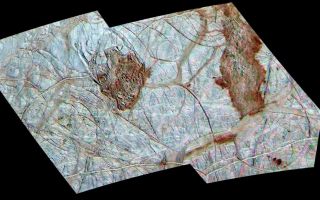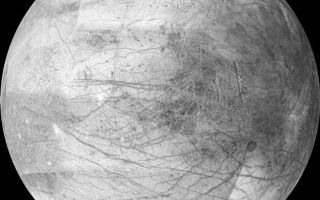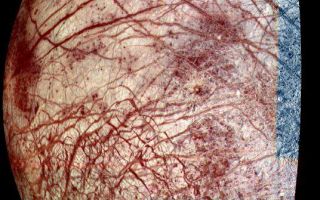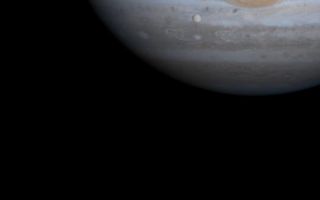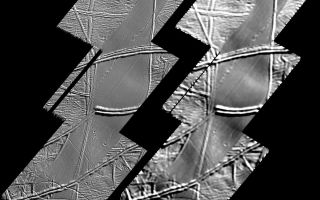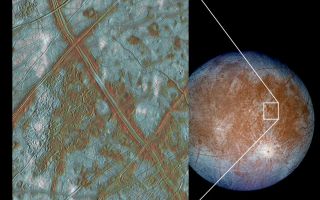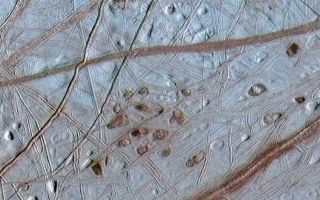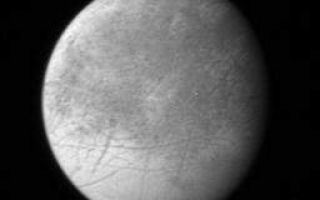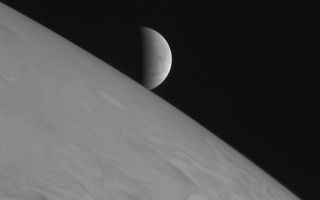Galerie de photos de Europe, satellite galiléen de la planète Jupiter
Page 4 de 4
- « Première
- Précédente
- 1
- 2
- 3
- 4












































![Voir le sujet « Balise [url] » Voir le sujet du forum d'astronomie : « Balise [url] »](tl_files/structure/charte/arrow_blue_small.gif)





 Contacter Planète Astronomie
Contacter Planète Astronomie Plan du site Planète Astronomie
Plan du site Planète Astronomie Participer à Planète Astronomie
Participer à Planète Astronomie A propos de Planète Astronomie
A propos de Planète Astronomie

Page 4 de 4


